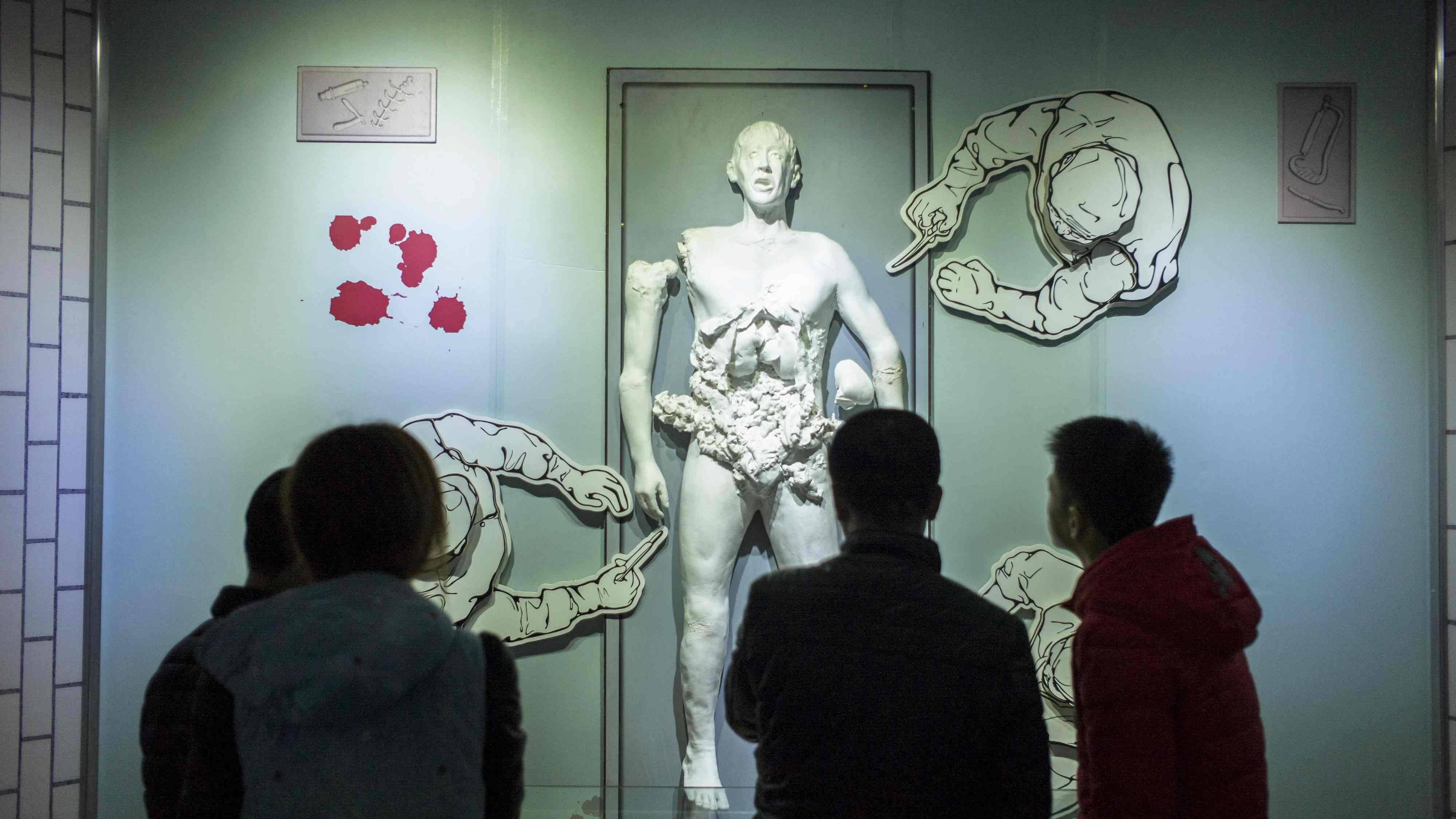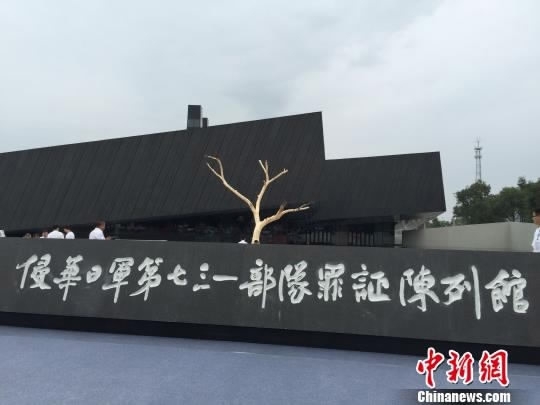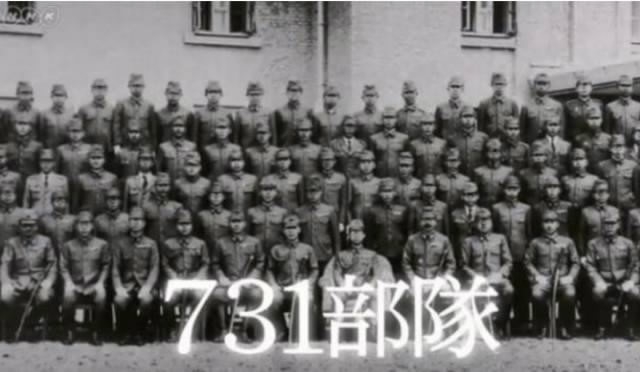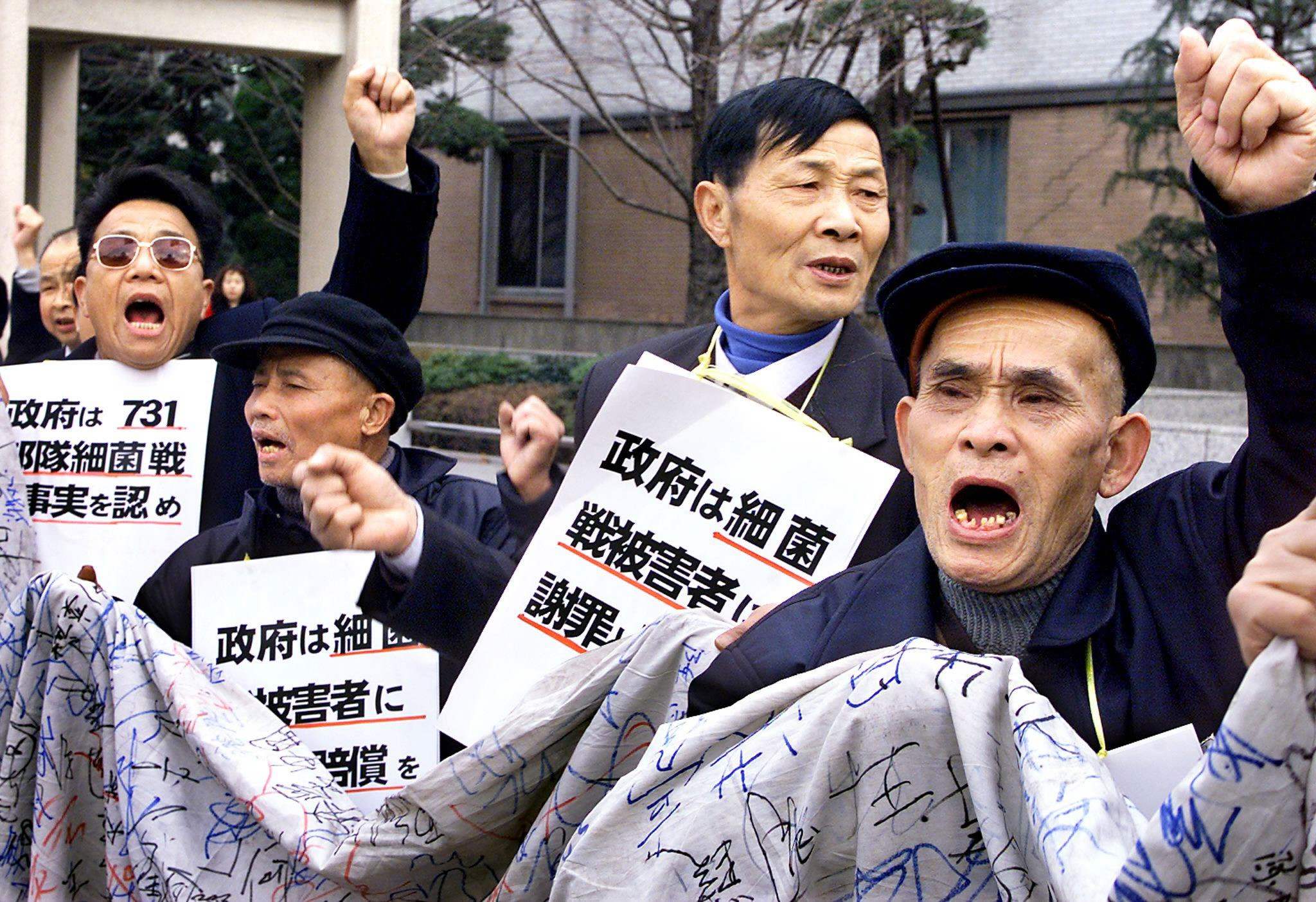
Politics
15:09, 18-Aug-2017
China reveals new evidence of Japan's germ war atrocities
CGTN

New evidence of human experiments and germ war crimes by Japanese army's notorious Unit 731 was released by a museum Friday in Harbin, capital of northeast China's Heilongjiang Province.
The Museum of Evidence of War Crimes by Japanese Army Unit 731 has added written confessions of germ war criminals, a transportation record of human experiments, old photos of the unit soldiers and an incubator for producing plague bacillus.

Museum of Evidence of War Crimes by Japanese Army Unit 731 in Harbin, Heilongjiang Province in northeast China. /Chinanews.cn Photo
Museum of Evidence of War Crimes by Japanese Army Unit 731 in Harbin, Heilongjiang Province in northeast China. /Chinanews.cn Photo
"The incubator, collected from a resident in Harbin, directly proves 731's atrocities of germ experiments and development," said Jin Chengmin, curator of the museum.
It also verified confessions of a germ war criminal saying that the base had a room that could produce 10 kilograms of germs in 12 to 24 hours and four incubators in the unit were used for biological production.
Unit 731 was a top-secret biological and chemical warfare research base established in Harbin in 1935 as the nerve center of Japanese biological warfare in China and Southeast Asia during World War II.

A group photo of Unit 731 in the NHK documentary. /NHK Screenshot
A group photo of Unit 731 in the NHK documentary. /NHK Screenshot
The unit conducted experiments on live human beings to test germ-releasing bombs and chemical bombs, among other atrocities.
Many civilians and prisoners of war from China, the former Soviet Union, the Korean Peninsula and Mongolia perished at the hands of Japanese scientists. Some of them were children.

File photo: Chinese plaintiffs throw their fists in the air and shout anti-Japanese slogans in front of the Tokyo district court, 25 December 2001, to denounce Japanese government's treatment of victims killed by the alleged biological attacks by the Unit 731 of the Japanese Imperial Army during World War II. /AFP Photo
File photo: Chinese plaintiffs throw their fists in the air and shout anti-Japanese slogans in front of the Tokyo district court, 25 December 2001, to denounce Japanese government's treatment of victims killed by the alleged biological attacks by the Unit 731 of the Japanese Imperial Army during World War II. /AFP Photo
At least 3,000 people were used for human experimentation by Unit 731and more than 300,000 people across China were killed by Japan's biological weapons.
A documentary released on August 13 by Japan's NHK vividly presented the cruel yet irrefutable historical truth through testimonies of Unit 731 participants and authentic records of the Khabarovsk War Crimes Trials in 1949.
After Japan's defeat in 1945, the unit hastily pulled out of China, with 3,000 children and some yet to be destroyed experimental equipment left behind. Many of the Japanese children were raised by Chinese families.
Source(s): Xinhua News Agency

SITEMAP
Copyright © 2018 CGTN. Beijing ICP prepared NO.16065310-3
Copyright © 2018 CGTN. Beijing ICP prepared NO.16065310-3